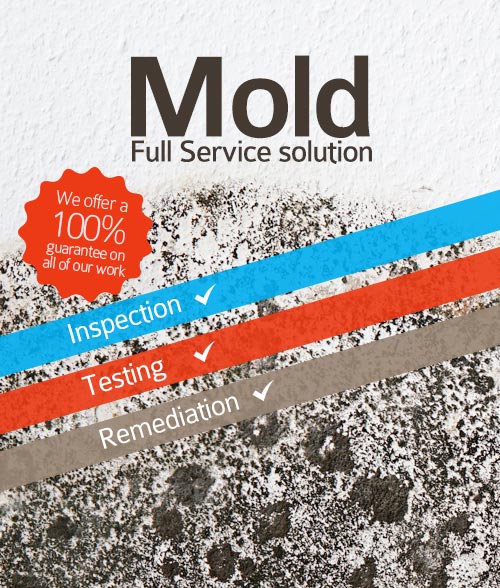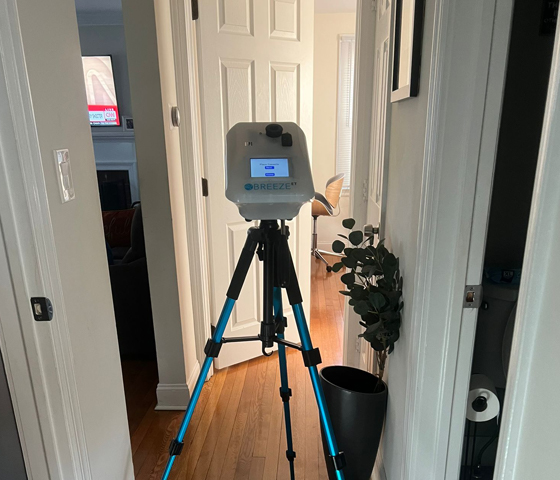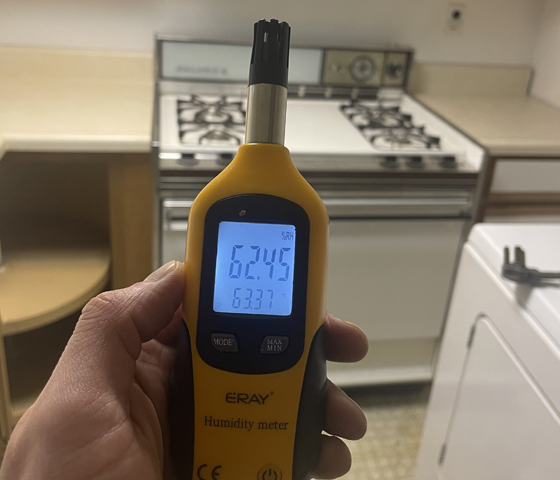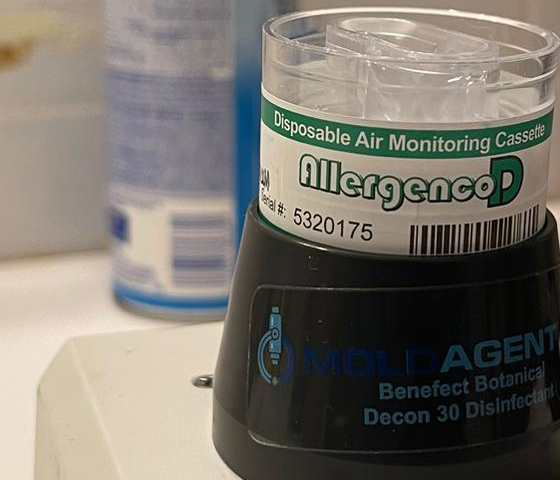

Mold testing and inspection are essential for ensuring a healthy environment in the house or office. With UCM Carpet Cleaning of DC, you might know you have mold growing before you even see it. Mold can cause a number of health problems, including respiratory infections, allergic reactions, and asthma. You are more likely to be affected by it if you are young, old, or have a weak immune system.
'Black mold' which is also called 'Stachybotrys Chartarum' is talked about a lot on the news, because it is toxic and infectious indoor fungus. The truth is, if you have any kind of mold, you need to take care of it.
Read more: Popular Myths and Real Facts About Mold.
Before you go in for mold remediation in DC, you might need a mold inspection service to get more information about how widespread the growth is and what will need to be done to fix it.
Maintain indoor humidity below 60% using dehumidifiers or air conditioners, especially in basements and bathrooms. Monitor with a hygrometer for optimal results.
Use exhaust fans in kitchens and bathrooms during and after cooking/showering. Open windows periodically to reduce moisture buildup in enclosed spaces.
Inspect plumbing fixtures, roof gutters, and HVAC drip pans quarterly for leaks. Seal cracks in windows and foundations to prevent moisture intrusion.
Dry water-damaged areas within 24-48 hours. Replace soaked carpets or insulation if unable to thoroughly dry them.
Ensure dryers, stoves, and heaters vent outdoors rather than into attics or crawlspaces to avoid introducing warm, moist air into confined areas.

Mold test reports measure airborne spores in spores per cubic meter (sp/m³). While no universal standards exist, these general thresholds help assess risks:
Lab results gain context through three key comparisons:
Test results should always be reviewed by certified professionals who consider building history, occupant health, and environmental conditions.
Thermal cameras detect temperature variations on surfaces caused by evaporative cooling from trapped moisture. Wet areas appear as distinct cool zones (blue/purple in thermal palettes) compared to dry materials, allowing technicians to pinpoint leaks or condensation behind walls, under floors, or in ceilings without physical damage to property.
Our FLIR MR176 system's dual thermal/moisture sensors excel in Washington's humid climate by:
This technology creates visual evidence of moisture distribution, enabling targeted treatment of at-risk areas rather than whole-structure interventions.

For more information please call us at 202-683-4270.
You can also check our blog post about professional mold testing here.
Prolonged mold exposure presents varying health consequences depending on duration, concentration, and individual susceptibility. While initial symptoms often include nasal congestion and eye irritation, sustained exposure may lead to:
These variable manifestations underscore why professional inspection proves critical - many mold-related illnesses get misdiagnosed as seasonal allergies or viral infections. Early identification through air quality testing prevents progressive health deterioration.

If you suspect a mold problem in your house and are looking for a mold specialist, you've come to the right place. We are experienced in mold detection and finding where mold grows, so we can get an idea of how much mold we are looking at, and what it would take to treat it. Professional mold inspection cost is $149 and includes a detailed plan for mold remediation and the written price estimate.
To ensure fast and reliable service for all our customers, we partner with O2 Mold Testing of DC- a trusted provider of professional mold testing in Washington, DC. Their expert team delivers accurate inspections for both homes and commercial properties throughout the nation's capital, helping you detect hidden mold quickly and efficiently.